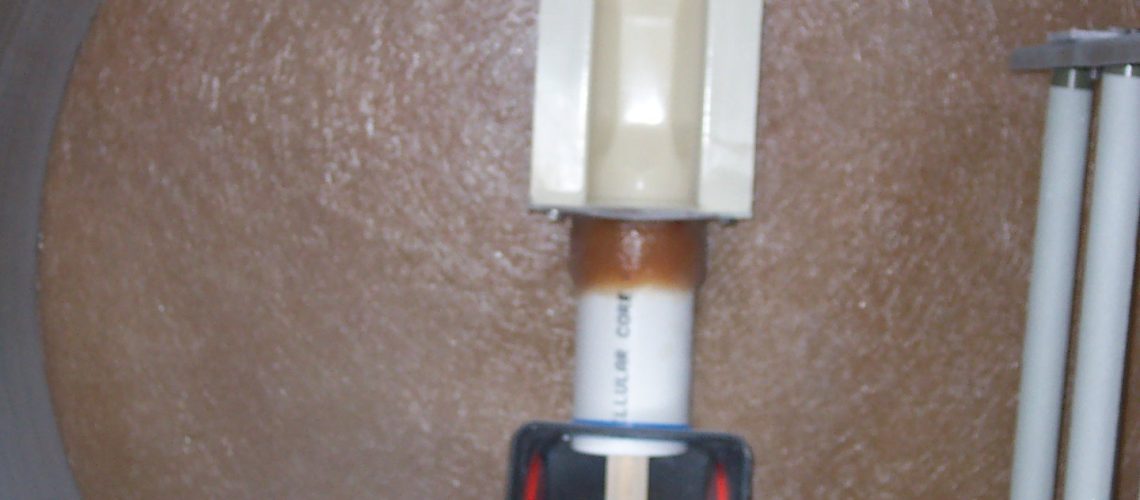Much of the discourse and planning around flow channels and flow rate measurement is centered on making sure that measurements are precise and that the flow itself is properly controlled. Generally, this involves a flow traveling in a straight line, but there are applications in which the direction needs to be changed. For that, you’ll need a flow splitting manhole to help direct your flow properly. Learn what you need to know about flow splitting manholes.
Diversion Manholes
Flow splitting manholes come in many shapes and sizes, but they all generally do the same thing. They can take an incoming flow and split it or divert it into different directions. Not all splitting manholes technically have to split the flow. They can simply move it in a different direction. If you can set it up so that the flow changes direction while maintaining an adequate velocity profile, the flow rate can easily be measured down the line with pinpoint accuracy.
Changing the direction of the flow is done via diversion manholes. These are special installations that simply alter the course of the flow in a new direction while keeping the flow contained and traveling at an adequate speed. The key to success is the placement of the diversion manhole. It can’t interfere too much with the velocity profile or nature of the flow, depending on at what point you’re looking to measure the flow rate.
Splitting Manholes
Manholes specifically designed to split flows into different directions can be quite varied. You’ll find splitting manholes that simply split a flow in two, or you can opt for one that separates a flow into five different angles. This kind of diversity in their application is one of the greatest benefits of splitting manholes. They are especially useful in factory applications.
For a splitting manhole to be at its best, you’ll want to opt for one crafted from fiberglass. These use a polyester resin with a polyester gel coating that works as corrosion resistance. Additionally, the flanges are top quality, and the inlet and outlets are completely customizable. Fiberglass can be molded into odd dimensions when necessary, so fiberglass manholes are particularly easy to install and implement into existing systems.
Manhole Top Styles
When you get a flow splitting manhole, you’ll have to determine the proper top style to complete it. You’ll find three primary styles to choose from, and each has its own benefits. The dome top is the most common, with full diameter access and a locking lift arm. Considering their bulbous nature, they’re used for applications that don’t involve vehicular or pedestrian traffic.
Alternatively, you can use a manhole with an aluminum hatch top. You’ll find both watertight and non-watertight options along with custom engraving options and multiple lock configurations. These tops are flat, so they’re intended for use in pedestrian or low-profile applications. Finally, you can opt for a highway traffic loading top. It’s also flat, but it’s made from much stronger stuff and is intended for roads, highways and parking lots.
Flow Splitting Manholes From Tracom
If you’re looking to get a flow splitting manhole or other manholes, there’s no better place than Tracom. Our team will work with you to find the unique solution that works for your flow channel conditions. Contact us today!



